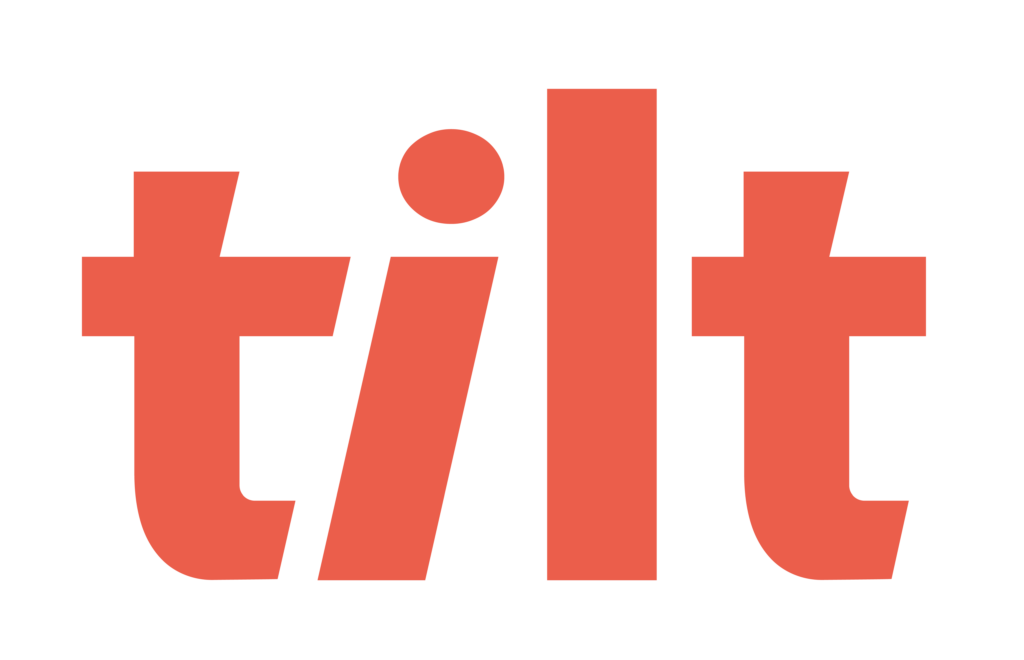It’s easy enough to say that change is nothing to be afraid of, but when it comes to the practical application of change it can often feel overwhelming, confusing and sometimes a little scary. In the workplace it’s no different. Employees have so many things going on in their day-to-day tasks that changes or disruptions in that flow need to be handled with care and attention.
So when you’re updating or adding new leave policies to your benefits package, the way in which you manage that change can have a big impact on them retaining that information and feeling confident that they know what benefits are available to them.
This is often easier said than done because as we all know benefits are top of mind for some employees, while others prefer to not think about them until they might need them and they’re scrambling for answers.
Get employees involved early
When employees feel involved in your organization’s policies they’re more likely to feel invested and aware of the changes that are coming down the road. The earlier you loop them into the process, whether via employee survey or asking them to participate in committees, the better your chances of them being prepared for when the changes take place, and can give them a stronger sense that their needs matter.
To prevent employees from expressing their desire for leave policies that your organization couldn’t possibly deliver, it’s important to set expectations upfront when having conversations around updated or new leave policies.
Get leadership buy-in
It’s not uncommon for HR to be the ones communicating changes to your organization’s policies, but an easy way to assist with change is getting leadership to explain why these changes (hopefully enhancements) were important to the company moving forward before the changes take place.
It’s okay to have them go into depth on their decision for increasing leave policies or adding in new ones to better support your people. Demonstrating that these changes clearly matter to your leadership and they took the suggestions of the employees seriously can go a long way into making any changes easy.
Make it easy to find the latest and greatest
Having a single source of truth for your employees to access is important both from a transparency standpoint and and educational standpoint. With that said, it’s important to have a clear point of contact within your organization who acts as a visible (remotely or otherwise) leader for your policies so there’s no confusion about who they can ask questions to.
For those of you on small yet mighty People Teams, this is all the more reason to have a single source of truth at the ready you can point them to should they have any questions. Even if it’s been communicated ad nauseam, being able to send them a link with all the latest and greatest information can be a lifesaver.
Outsource your leave management
If you’d rather focus on getting new policies implemented but don’t have the bandwidth to educate employees or ensure they’re using the latest information when taking a leave of absence, you can also look at outsourcing your LOA management.
An external leave management vendor can help ensure that the leave policies you’ve updated or added are being administered accurately once an employee takes a leave with these policies in effect. If you go the route of seeking outside help, it’s important that an external leave management vendor can adapt to your organization’s changes on the fly and have the expertise to navigate any leave law questions that might arise based on your new policies (or old ones for that matter).
Having your new policies laid out clearly for your employees to follow once they need to go on leave is where the rubber meets the road with change management.
About Tilt
Tilt is leading the charge in all things leave of absence management through easy-to-use tech and human touch. Since 2017, our proprietary platform and Empathy Warriors have been helping customers make leave not suck by eliminating administrative burdens, keeping companies compliant, and providing a truly positive and supportive leave of absence experience for their people.







